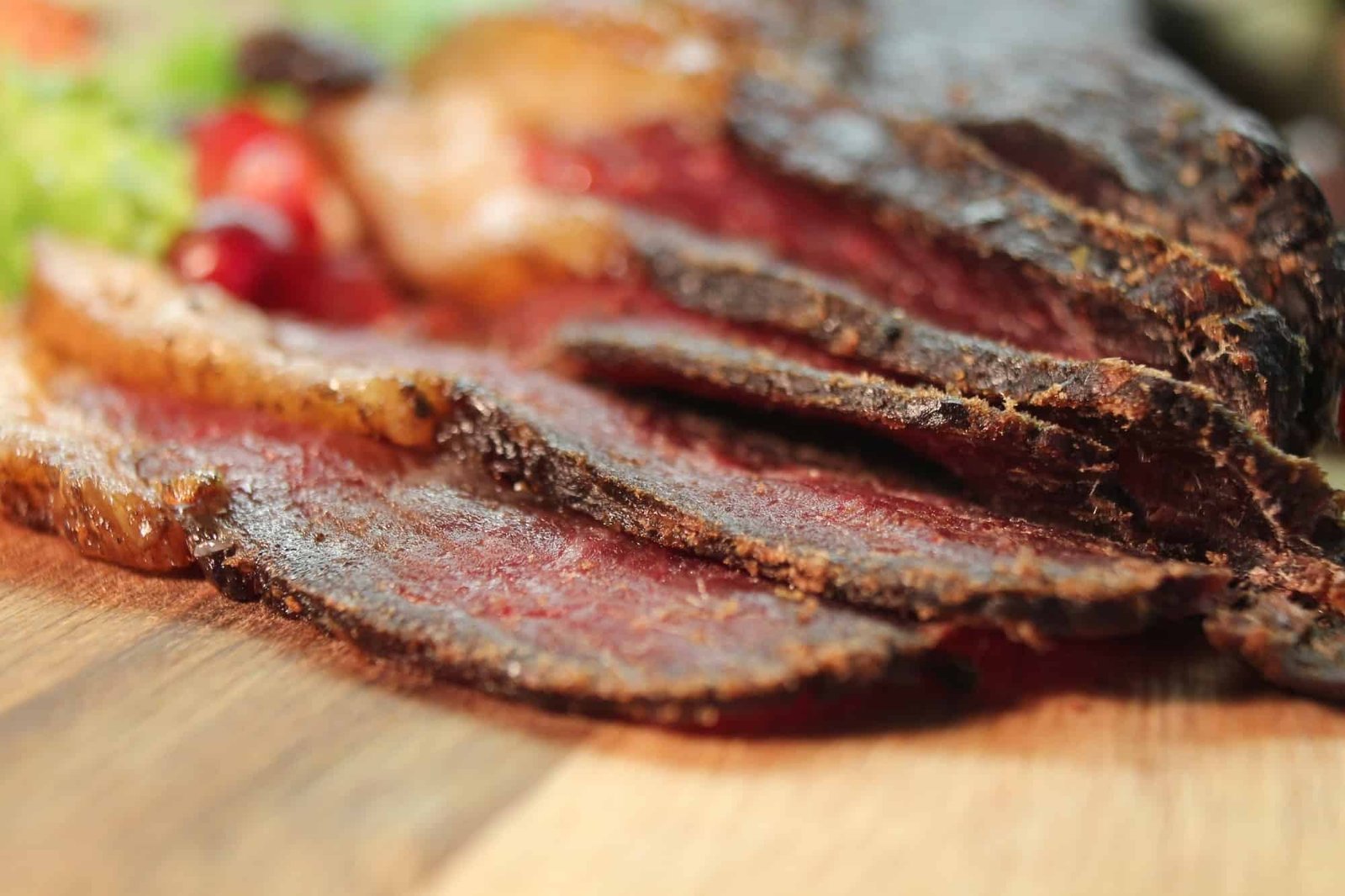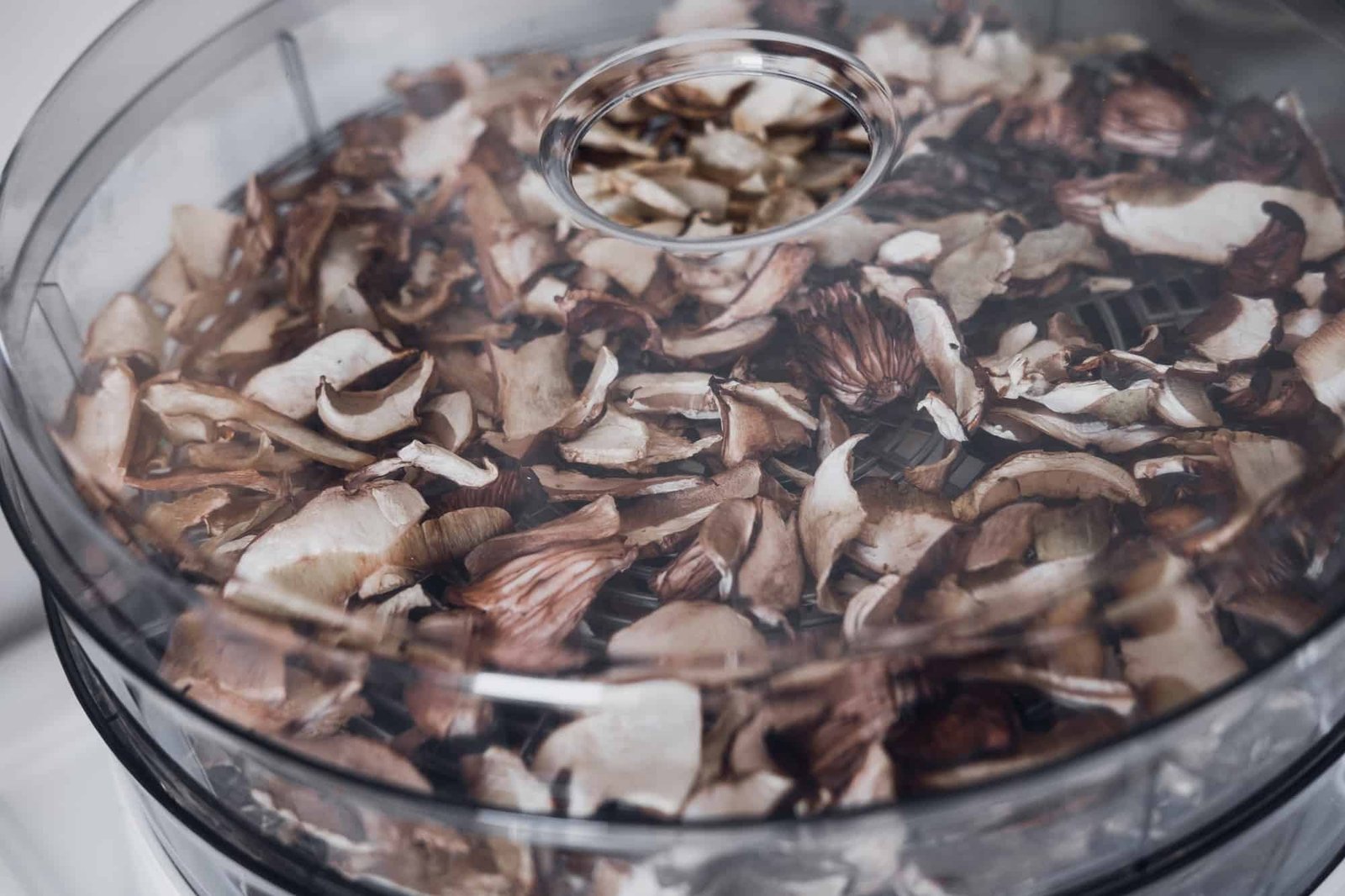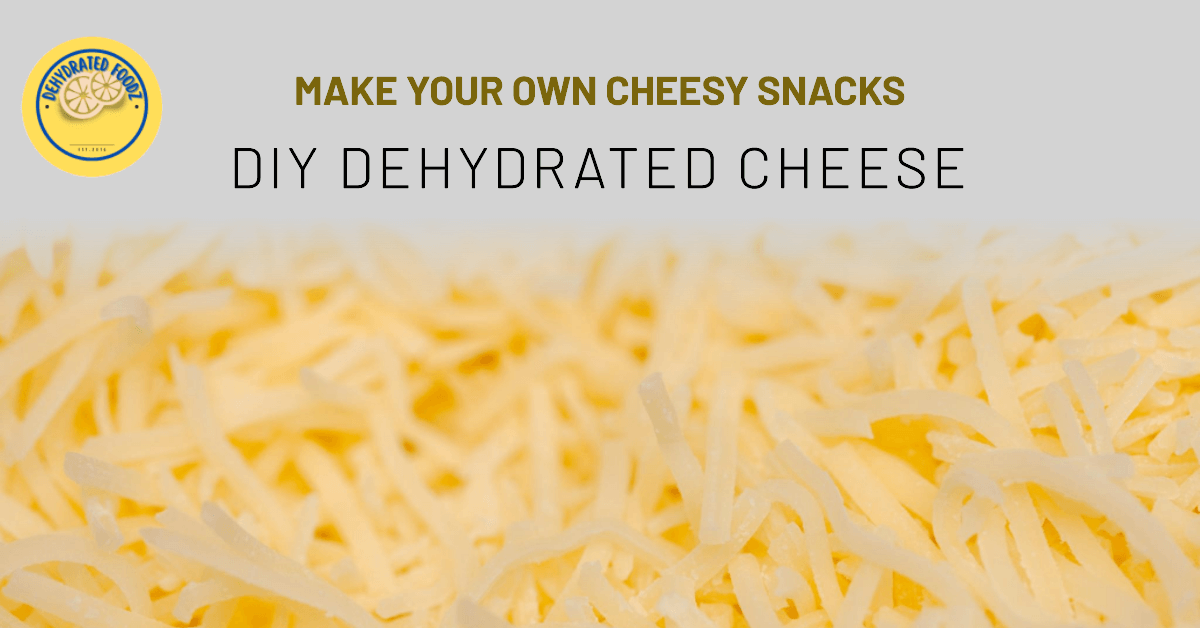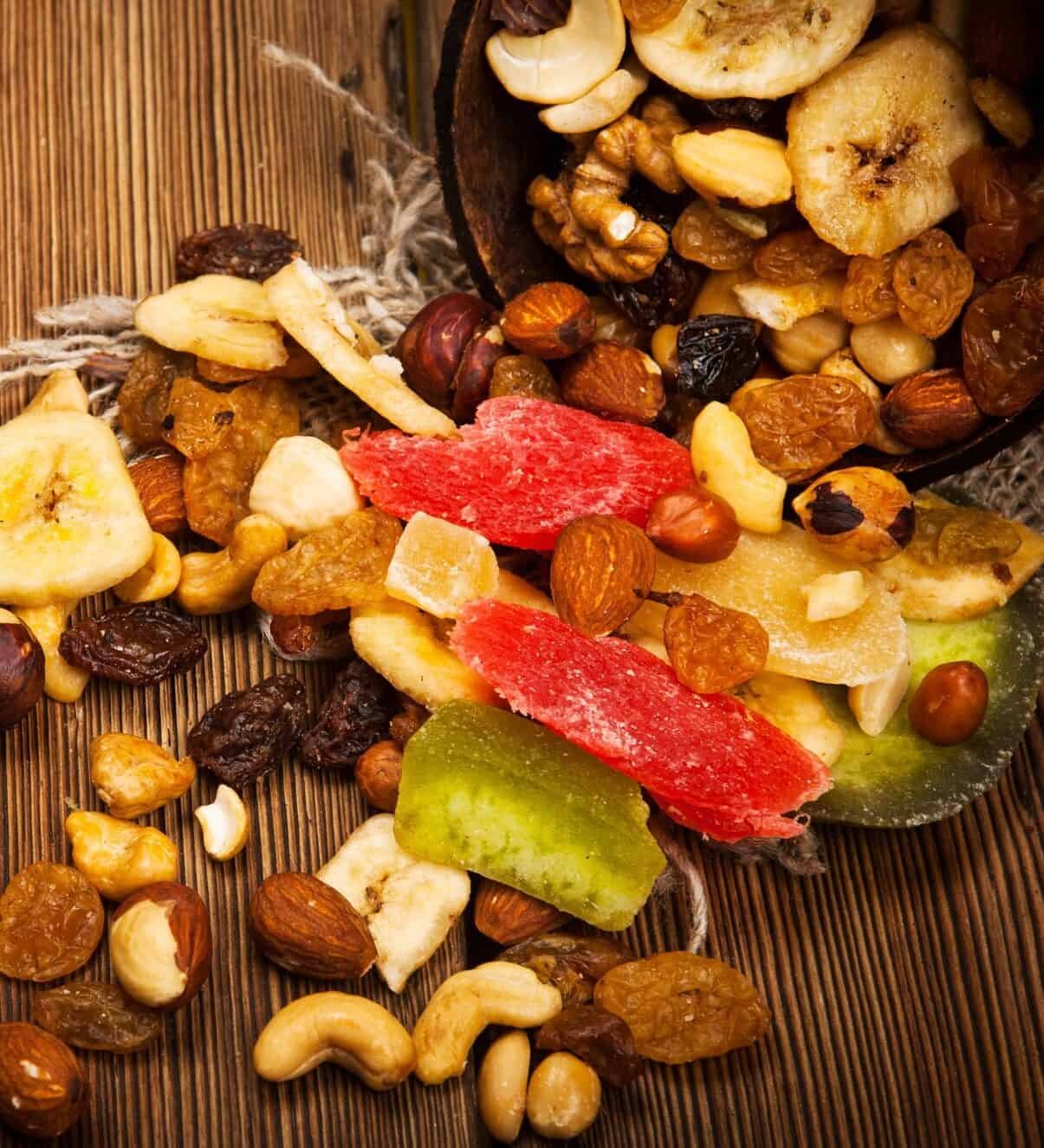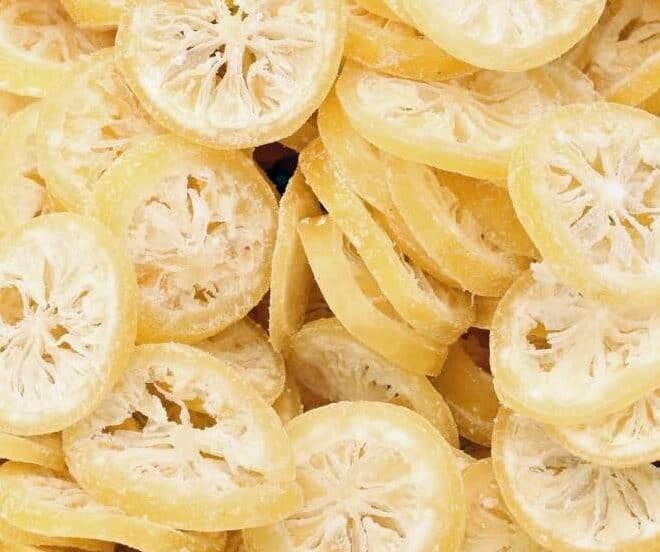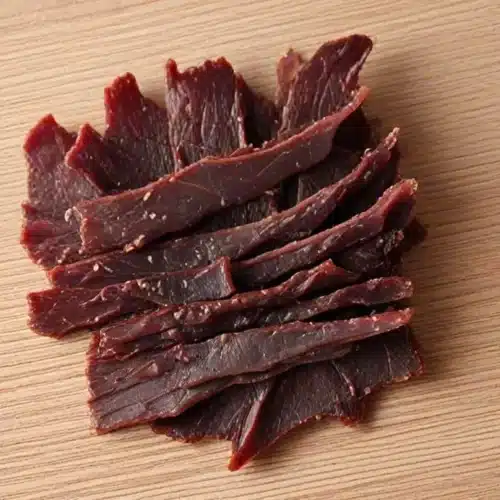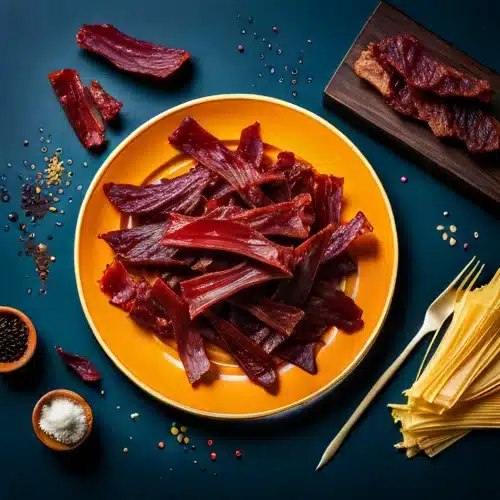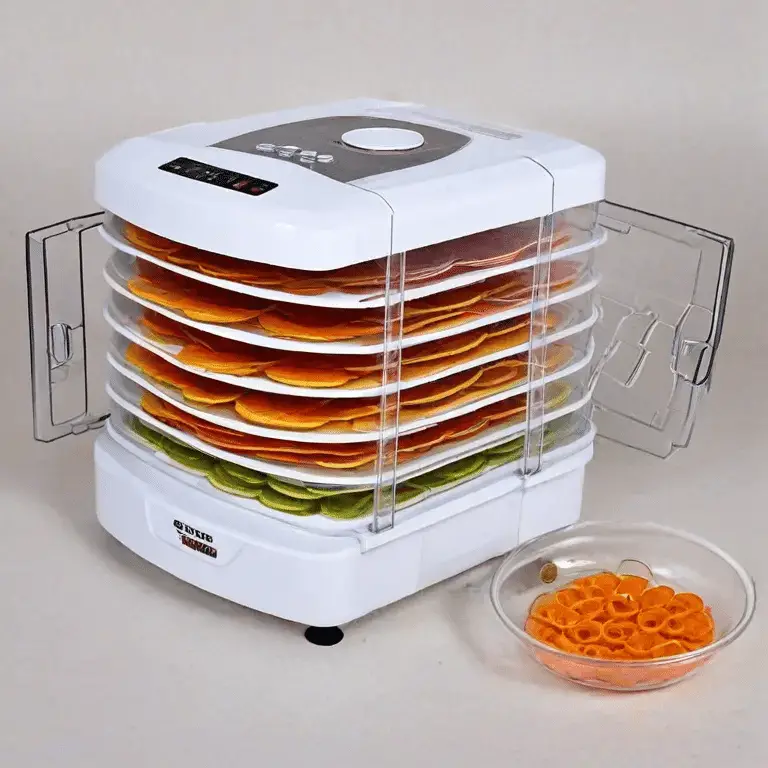
Discover the Best Ideas for Food Dehydrator
Are you curious about food dehydrators and how they can benefit your kitchen?
From reducing food waste to creating healthier snack options, a
In this article, we’ll explore the different types of food dehydrators available, ideas for
Get ready to discover a whole new world of culinary possibilities!
Key Takeaways:
- Preserve food and reduce waste by using a food dehydrator.
- Create healthier snack options with a variety of dehydrated fruits, vegetables, and meats.
- Consider factors like size, temperature, and recipes when choosing the right food dehydrator for your needs.
What is a Food Dehydrator ?
A food dehydrator is a kitchen appliance specifically engineered for extracting moisture from various food items, including fruits, vegetables, and meats, by employing a combination of low heat and airflow. This process is instrumental in food preservation and the production of dehydrated snacks.
Through the consistent application of heat and airflow, the dehydrator efficiently eliminates moisture from food items without subjecting them to the cooking process. This enables an extended shelf-life for the food products without necessitating refrigeration. Fruits like bananas and apples, meat-based snacks like jerky, as well as herbs, can be easily dehydrated using these appliances. As the moisture content diminishes, the flavors intensify, resulting in flavorful and satisfying snacks. Dehydrated foods generally maintain a significant portion of their nutritional value, rendering them a wholesome choice for snacking and meal preparation.
Benefits of Using a Food Dehydrator
Utilizing a food dehydrator provides a multitude of advantages, such as enhancing the longevity of perishable food items, diminishing food wastage, and facilitating the production of more nutritious snack alternatives devoid of preservatives or additives.
Preserving Food and Reducing Waste
Preservation of food through dehydration plays a crucial role in reducing waste levels significantly by prolonging the shelf life of perishable items, such as fruits, vegetables, and meats. This practice promotes sustainability and enhances the efficiency of food utilization.
Dehydration is a preservation technique that involves extracting the water content from foods, thereby impeding the growth of bacteria and mold which contribute to food spoilage. This method not only prevents food items from deteriorating but also maintains a high level of nutritional value, making it a pragmatic approach to curbing food wastage while safeguarding essential vitamins and minerals.
Particularly, foods with high water content, such as berries, herbs, and leafy greens, derive significant benefits from dehydration as it enables extended storage periods without the requirement for refrigeration.
The adoption of dehydration practices aligns with principles of sustainable living by reducing the dependency on continuous refrigeration and combating food spoilage effectively.
Healthier Snack Options
The process of dehydrating foods presents an opportunity to produce healthier snack options, such as dehydrated fruit, vegetable chips, and low-calorie alternatives that are devoid of preservatives and added sugars.
Dehydrated snacks, such as fruit leathers, offer a concentrated source of vitamins, minerals, and fiber when compared to traditional sweet treats, thereby establishing them as a nutritious and convenient choice for snacking.
Conversely, vegetable chips deliver a satisfying crunch while preserving the essential nutrients present in fresh vegetables. In contrast to numerous commercially available snacks that are characterized by high sodium content, saturated fats, and artificial additives, dehydrated snacks are frequently crafted using minimal ingredients, thereby ensuring a wholesome snacking experience.
Types of Food Dehydrators
Multiple varieties of food dehydrators are accessible within the market, encompassing both electric and non-electric models, and exhibiting diverse configurations such as stackable trays and shelf trays, each presenting distinct attributes and advantages.
Electric vs Non-Electric
Electric dehydrators are favored for their user-friendly nature and dependable outcomes, whereas non-electric dehydrators are recognized for their energy efficiency and mobility, rendering them suitable for off-grid residency and outdoor pursuits.
Electric dehydrators are acknowledged for their convenience within indoor environments due to their straightforward plug-and-play design, making them particularly well-suited for domestic utilization. Conversely, non-electric dehydrators necessitate manual operation, a characteristic that may be perceived as a limitation by certain users; nevertheless, they excel in settings where access to electricity is restricted or non-existent.
Regarding reliability, electric dehydrators tend to offer more consistent temperature control, while non-electric dehydrators depend on external elements such as sunlight or propane for functionality.
Stackable vs Shelf Tray
Stackable tray dehydrators are characterized by their adjustable capacity and compact size, while shelf tray dehydrators are distinguished by their superior airflow and uniform drying, often being the preferred choice for extensive dehydration undertakings.
Stackable tray dehydrators are particularly suited for individuals who prioritize adaptability and may face constraints in storage space. By permitting users to add or remove trays as necessary, these dehydrators offer customization to accommodate varying batch sizes.
Conversely, shelf tray dehydrators are tailored to individuals who emphasize precision in drying, owing to their effective distribution of airflow. This configuration is favored for dehydrating significant quantities of produce or meat, ensuring consistent outcomes throughout the process.
Both alternatives possess unique merits, underscoring the importance of evaluating individual dehydration needs before selecting a specific model.
Factors to Consider When Choosing a Food Dehydrator
When selecting a
Size and Capacity
The considerations of size and capacity of a food dehydrator are of significant importance, as they dictate the volume of food that can be processed simultaneously and the amount of kitchen space that the appliance will require.
When choosing a
It is advisable to consider the available kitchen space to ensure that the appliance fits appropriately while meeting your dehydration needs.
Temperature and Timer Settings
Temperature and timer settings are crucial features to consider in a
The adjustable temperature feature enables the selection of the appropriate heat level for specific foods, thereby maintaining their nutrients and flavors while avoiding excessive drying. This functionality proves essential when dehydrating vegetables, as they necessitate lower temperatures compared to fruits or meats.
Likewise, the timer function permits the establishment of the drying duration, preventing both under and over-drying of diverse food products. The availability of these customizable settings ensures the efficient dehydration of various foods, maximizing the utility of the
Popular Foods to Dehydrate
A diverse array of fruits, vegetables, meats, herbs, and spices are commonly selected for dehydration due to their popularity. Each of these food categories, when dehydrated correctly, presents distinct flavors and retains essential nutritional qualities.
Fruits and Vegetables
Dehydrating fruits and vegetables presents an effective method of preservation, concurrently yielding flavorful and nutritious snacks such as fruit leathers and vegetable chips. Removing the water content through dehydration serves to heighten the taste profiles and enhance the nutrient concentration of the produce.
Commencing the dehydration process mandates thorough washing and uniform slicing of the fruits and vegetables to ensure consistent drying. It is imperative to note that different types of produce require distinct thicknesses for optimal dehydration; thus, preliminary research or adherence to specific guidelines is crucial.
Upon completion of the dehydration process, it is advisable to store the dehydrated fruits and vegetables in hermetic containers within a cool, dim environment to uphold their freshness. Dried fruits can serve as a wholesome addition to trail mix, oatmeal, or baked goods, imparting a natural sweetness. On the other hand, vegetable chips offer a crispy and nutritious alternative to conventional snacks.
Meats and Jerky
The preparation of jerky and other dehydrated meats is a widely embraced method for crafting protein-rich snacks that are particularly suitable for activities such as backpacking, hiking, and other outdoor excursions.
To begin the process of making jerky, it is imperative to opt for lean cuts of meat, such as beef, turkey, or venison, and slice them thinly against the grain to ensure optimal tenderness. Subsequently, the meat is subjected to marination in a blend of flavorful spices, herbs, and seasonings for a duration spanning several hours or even overnight, thereby imbuing it with a delectable taste profile.
Following the marination phase, the strips of meat are meticulously arranged on racks or trays within a food dehydrator or oven that has been set to a low temperature, facilitating the gradual removal of moisture and preservation of the meat. The end result is a savory, chewy snack that not only boasts ease of portability but also serves as a source of both energy and protein for individuals on the move.
Herbs and Spices
Dehydrating herbs and spices is a highly effective method for preserving their flavors and prolonging their shelf life, ensuring they remain readily accessible for a variety of culinary purposes.
One commonly employed technique for dehydrating herbs and spices involves air-drying, whereby bundles of herbs are tied together and suspended in a warm, dry environment. Alternatively, the use of a dehydrator can expedite the removal of moisture while maintaining the integrity of their essential oils. Upon completion of the dehydration process, it is advised to store the herbs and spices in hermetically sealed containers, shielded from direct sunlight and moisture, to uphold their potency and flavor.
Exemplary herbs such as basil, rosemary, and thyme, in addition to spices like chili flakes and cumin, can be subjected to the dehydration process to enhance their longevity and augment the intensity of their flavors when incorporated into culinary preparations.
Tips for Using a Food Dehydrator
To optimize the utility of a
Proper Preparation and Storage
Adequate preparation and storage play a pivotal role in ensuring food safety and preserving the quality of dehydrated foods, encompassing tasks from initial washing and slicing to final packaging and storage.
Following a thorough cleaning of fruits or vegetables, the dehydration process progresses to the crucial step of slicing them into uniform pieces to ensure consistent drying. It is imperative to cut the food items into slices of equal thickness to promote uniform dehydration. Pre-treating certain foods, such as apples, with lemon juice can serve to prevent discoloration.
Once the foods are meticulously prepared, they should be arranged on the dehydrator trays in a single layer, ensuring they are not stacked or overlapping. Properly dehydrated foods exhibit a firm and crisp texture. For storage purposes, it is essential to allow the dehydrated foods to fully cool before placing them in airtight containers or vacuum-sealed bags. The containers should then be stored in a cool, dark environment, shielded from both moisture and direct sunlight, to optimize their shelf life.
Recipes and Ideas for Using Dehydrated Foods
Dehydrated foods present a versatile option for inclusion in various recipes and dietary plans, offering both convenience and palatability in the realm of snacks, meals, and culinary innovations.
The utilization of dehydrated ingredients holds the capacity to introduce a diverse array of culinary options. Primarily, the amalgamation of dehydrated fruits, nuts, and seeds allows for the crafting of personalized trail mixes. For heartier fare, the rehydration of dehydrated vegetables provides an excellent addition to soups, stews, or casseroles. In pursuit of a swift and nutritious interlude, the production of fruit leather from dehydrated fruit puree stands as a favorable choice. The expediency of dehydrated foods renders them particularly suited for individuals with hectic schedules or engaging in outdoor pursuits, where lightweight and enduring ingredients are of paramount importance.
Frequently Asked Questions
1. What types of fruits can I dehydrate in a food dehydrator ?
You can dehydrate almost any type of fruit in a
2. Can I dehydrate vegetables in a food dehydrator ?
Yes, you can dehydrate a variety of vegetables in a
3. Are there any creative ideas for using a food dehydrator besides making fruit or veggie snacks?
Absolutely! You can use a
4. Can I dehydrate dairy products in a food dehydrator ?
While it is not recommended to dehydrate dairy products, you can use a food dehydrator to make yogurt or cheese from scratch. You can also dehydrate milk for camping or backpacking trips.
5. Can I dehydrate fresh herbs in a food dehydrator ?
Absolutely! Dehydrating fresh herbs is a great way to preserve their flavor and use them for cooking or making homemade teas. Just be sure to spread them out evenly on the dehydrator trays and check for dryness periodically.
6. Are there any unique food items that I can dehydrate in a food dehydrator ?
Yes, you can dehydrate unique food items like flowers for tea, citrus peels for flavoring, and even make your own dehydrated granola bars or fruit leather. Get creative and experiment with different foods to see what works best for you.


